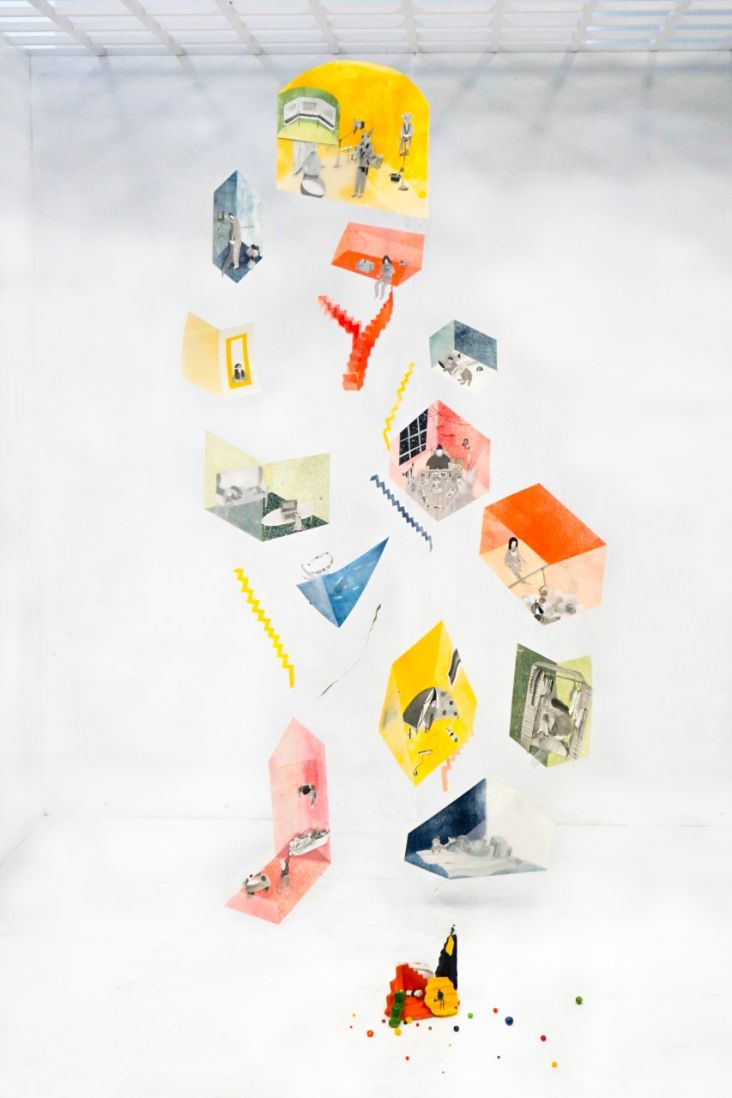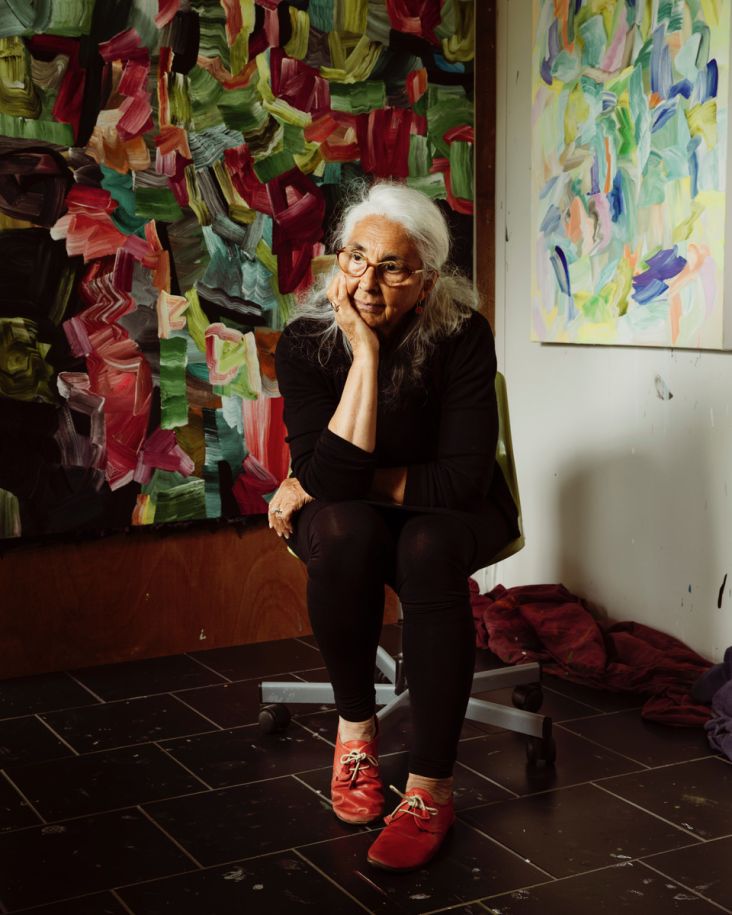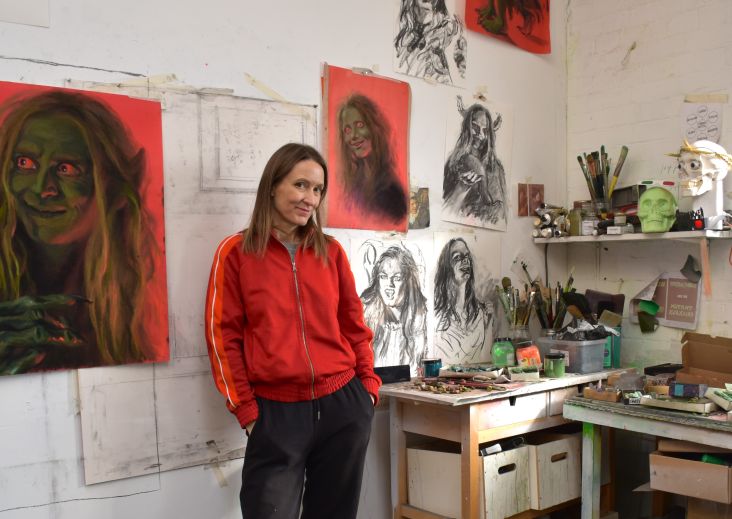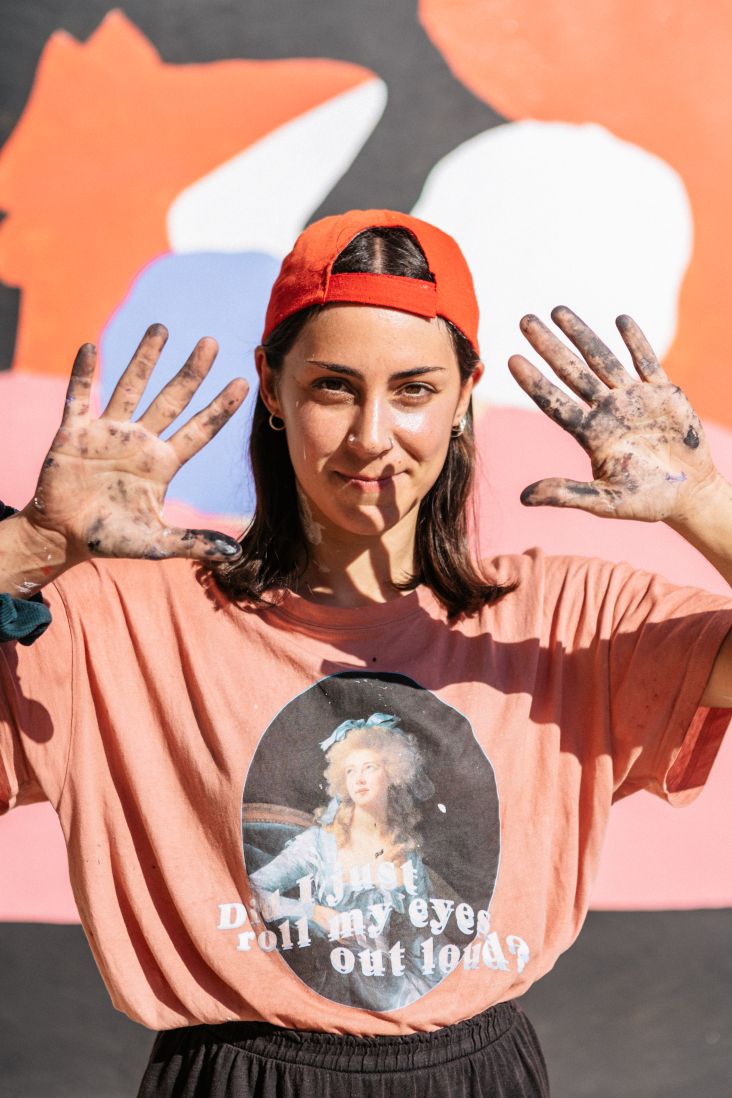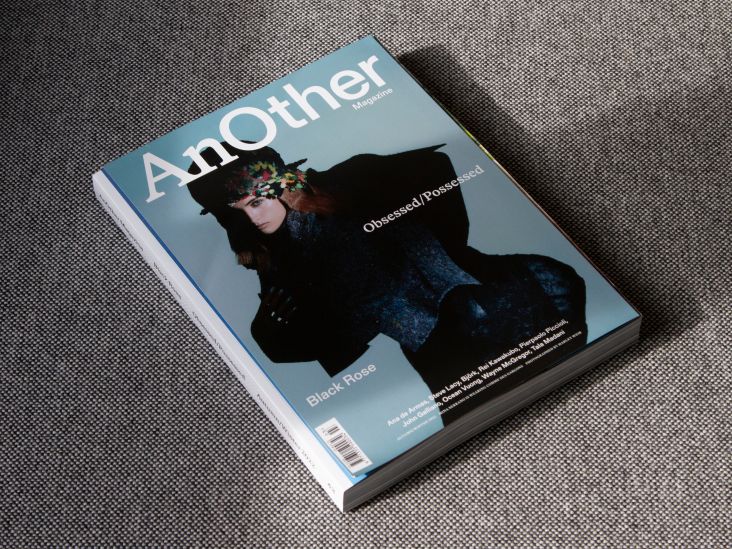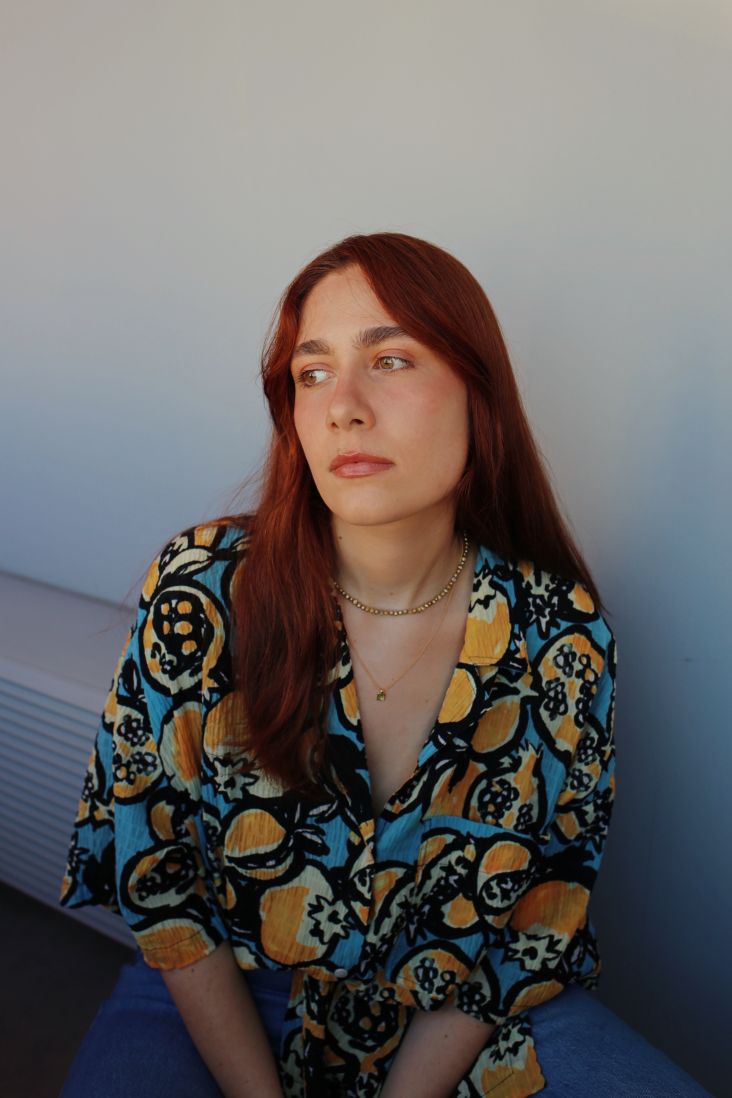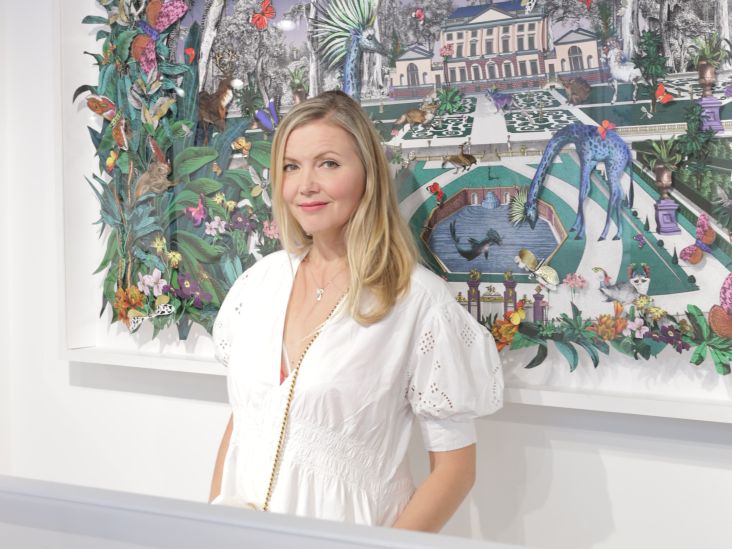Improvisation, imagination & incantation: Matt Henry talks through his new photo series, Season of The Witch
Witchcraft, cults and the wild 1960s are enjoying a renaissance of sorts – and it's a trend that UK artist Matt Henry has consciously explored and embedded in his latest photography series.
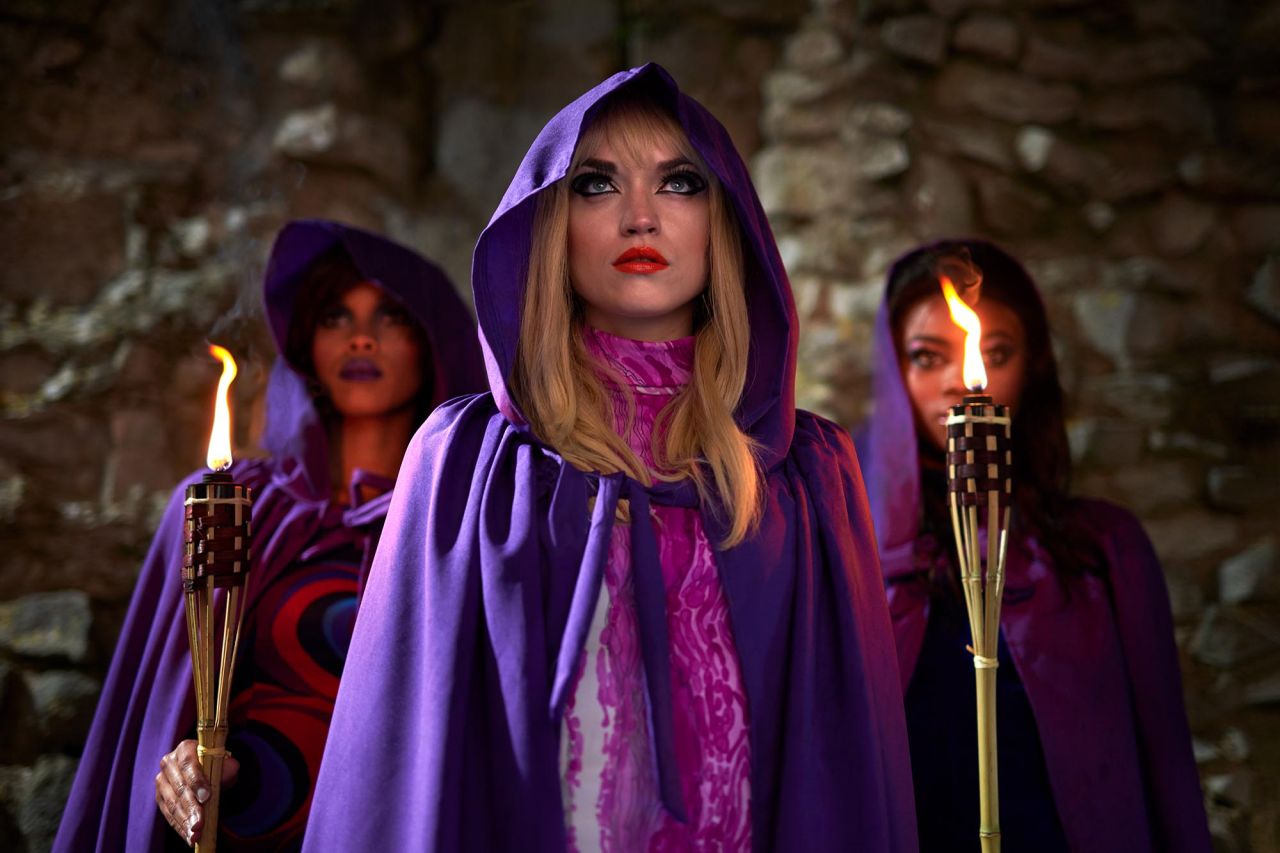
From the series, Season of The Witch © Matt Henry
Photographer Matt Henry has been working on a new photographic series, Season of the Witch, which balances comedy and surrealism while toting events from the '60s.
Inspired by the decade's spirit of rebellion across England and America, Henry's series made up of 29 staged images fuse music and politics, combining ritual, radicalism and feminism.
Presenting a number of scenarios with backdrops that mimic road trips, the Pentagon, record studios and lavish settings (from jungles, gardens and castles), the series reimagines what was happening around the time of the Vietnam War.

From the series, Season of The Witch © Matt Henry
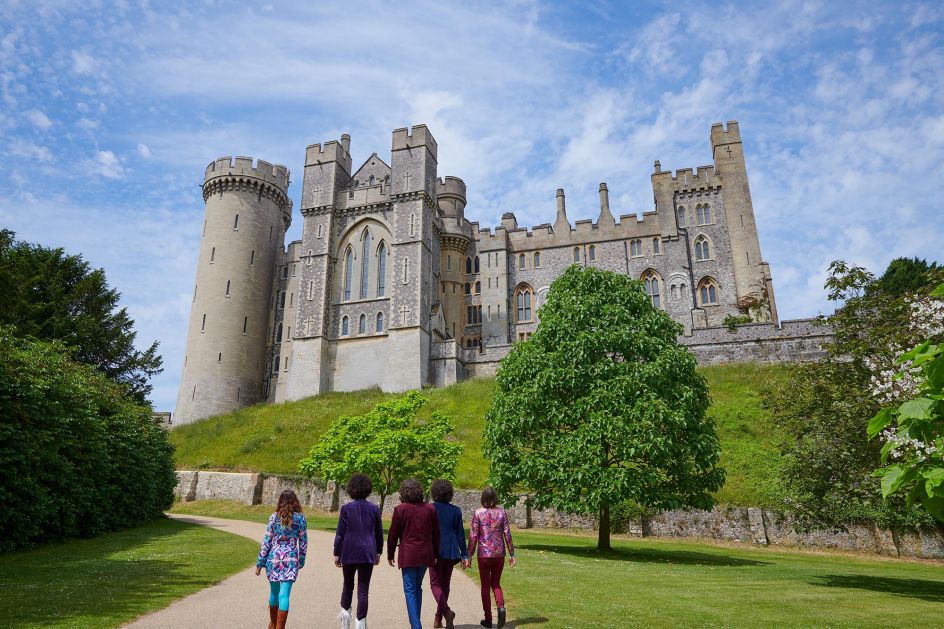
From the series, Season of The Witch © Matt Henry
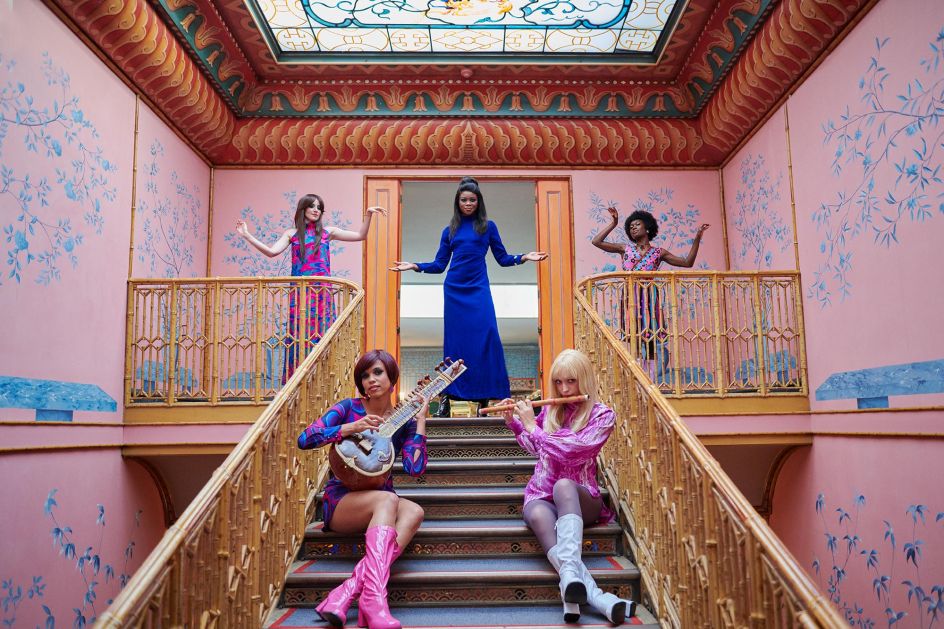
From the series, Season of The Witch © Matt Henry
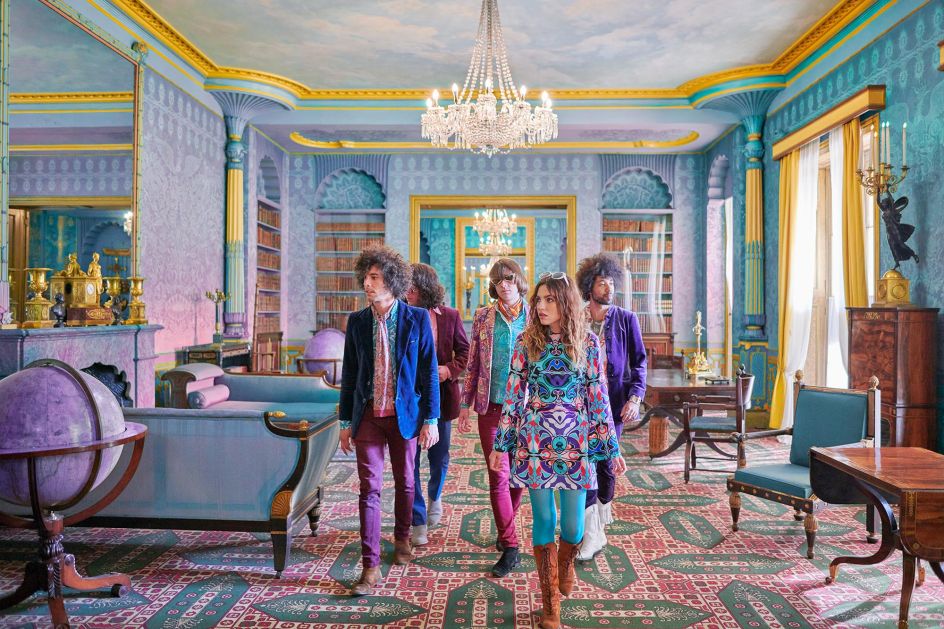
From the series, Season of The Witch © Matt Henry
Henry himself credits a group of well-known '60s activists who orchestrated a ritual in 1967 to levitate the Pentagon in protest of the Vietnam War as the inspiration behind the project. Though this event failed in its attempts, it did prove publicly popular by drawing a 50,000-strong demonstration in support, known as the March on the Pentagon, which is now remembered as one of the largest anti-war demonstrations of the era. And resulted in the now iconic photograph of a young protestor placing a flower into a soldier's rifle.
"I wanted to make a story that was even more madcap and fantastical [than these events], so in came the witches and the hexing," he says. "I wanted to take this into the realm of the supernatural and embrace the silliness, playfulness and mayhem of the 1960s."
The series certainly does that though it also acknowledges that despite the absurdity of events from this time, lives were lost, and very serious events were occurring in the background.
Featuring a cast of 13 actors and taking three years to produce across locations as varied as LA's San Bernardino mountain range, Brighton's (UK) Pavilion and Arundel Castle, as well as Asian jungles and set constructions, pulling off this project was no easy feat.
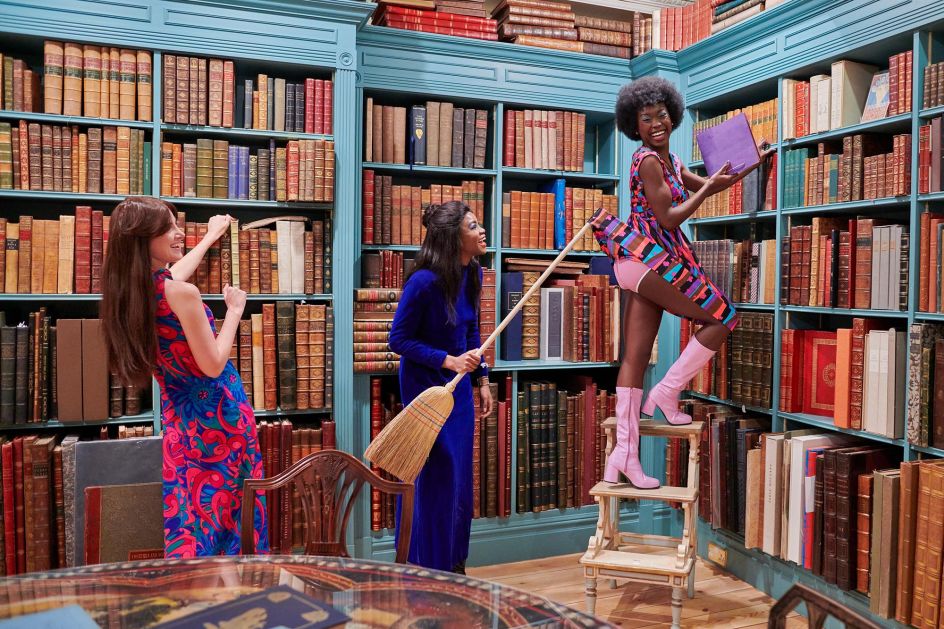
From the series, Season of The Witch © Matt Henry

From the series, Season of The Witch © Matt Henry
But Henry wasn't just running away with his imagination and fantasising about what life in the '60s entails; he believes audiences can resonate with his work because there is a similar culture at play today.
"To a certain extent, we are facing exactly the same issues in the West that the counterculture of the Sixties was rallying against," he says. Henry thinks that society continues to rally against these same political ideals today - battling against the interplay between consumerism and industrialisation and the creation of 'false needs'.
"The hippie ideal was very much about simple living and doing without," he adds. "But aside from their elevation of leisure as a noble pursuit, there's a far more pressing reason to consider the importance of this – and that's obviously our current impending ecological apocalypse. The fact that we're staring this down the barrel and really incapable of making the radical changes we need just shows us the extent to which this critique was right; how entrenched this idea of perpetual [economic] growth really is."
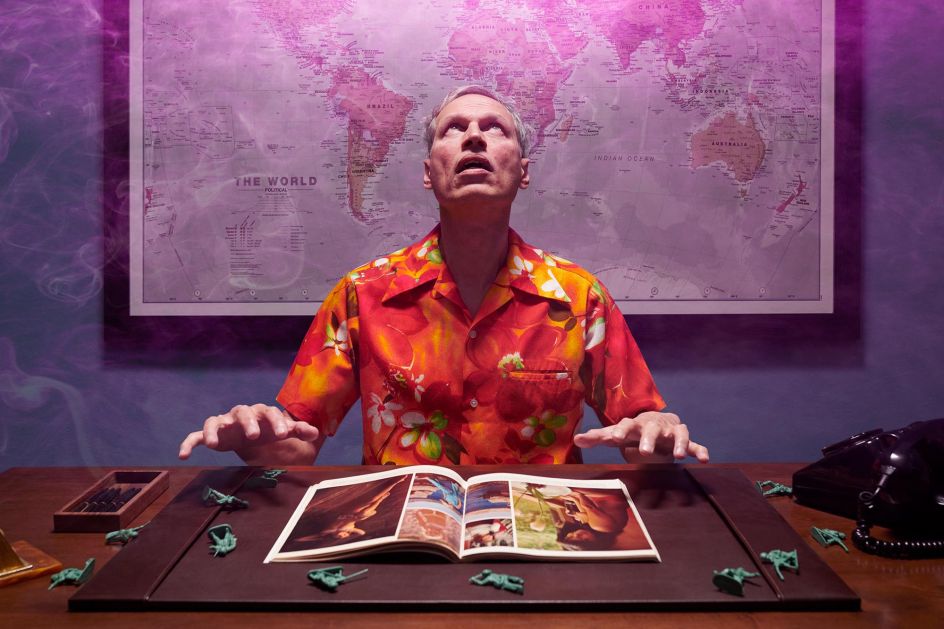
From the series, Season of The Witch © Matt Henry
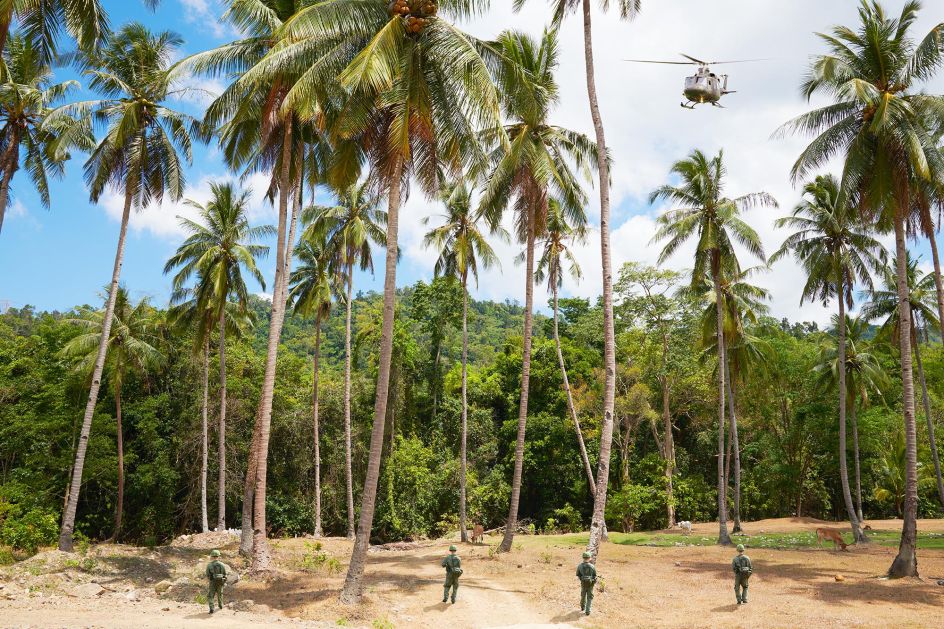
From the series, Season of The Witch © Matt Henry

From the series, Season of The Witch © Matt Henry
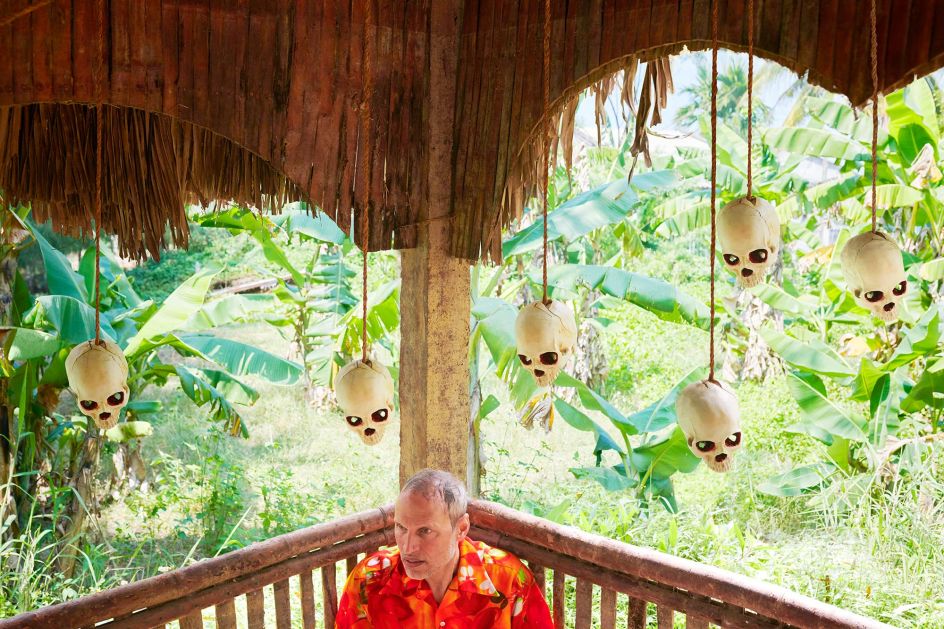
From the series, Season of The Witch © Matt Henry
By rooting his images in this decade, his images aim to get audiences thinking about the '60s long-term influence on today and question how much has changed. His approach to creating these photographs is very much rooted in improvisation.
Despite providing the actors with a character back story and a basic description of the scene motivations, they are then allowed to play with the scene and include whatever comes up: "You're partly seeing the reality of the actors' imaginations at work."
Henry's upbringing in the Welsh countryside led to his fascination with free-spirited filmography. His reference to films set in the Vietnam War or exploration of 1960s counterculture or occult movies are immediately recognisable and reveal a childhood spent watching escapist and camp-styled movies.
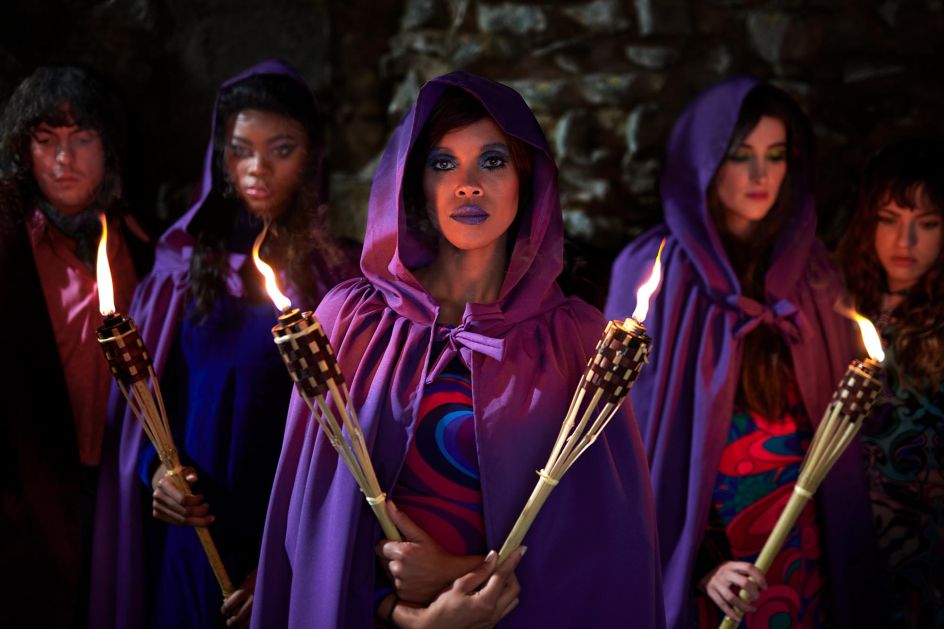
From the series, Season of The Witch © Matt Henry
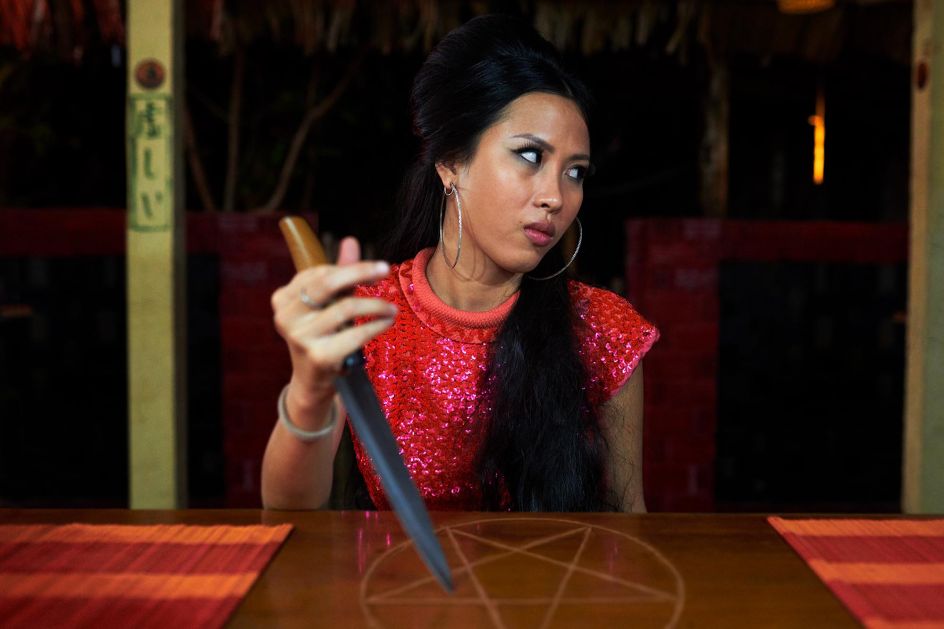
From the series, Season of The Witch © Matt Henry
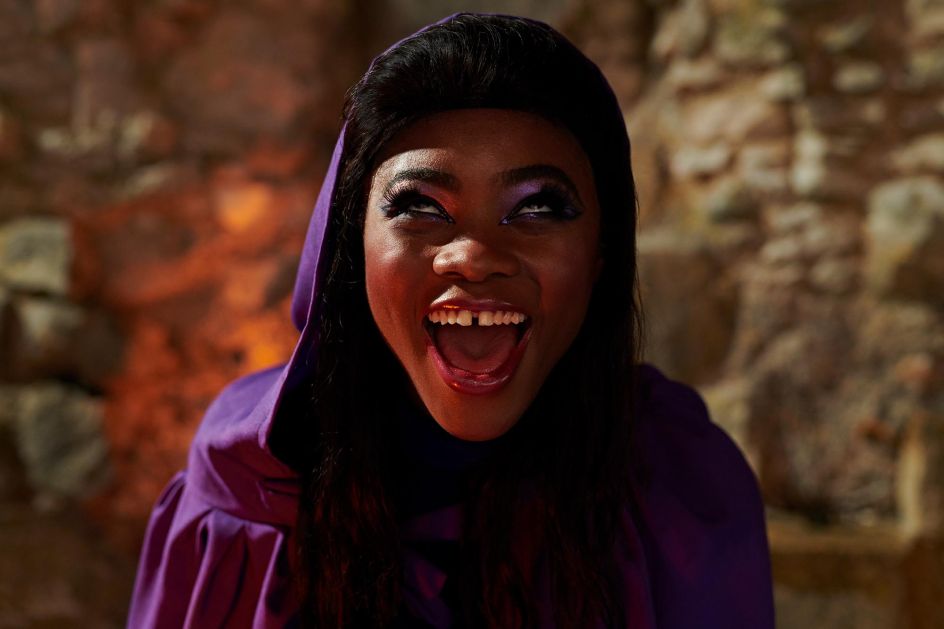
From the series, Season of The Witch © Matt Henry
This sense of nostalgia is present in the final images and the locations selected for their exotic or regal nature.
"The Brighton Pavilion is in there; it's an absolutely bonkers place," Henry says. "It made the perfect interior for my witches' castle (the exterior is Arundel Castle), but at £450 per hour to hire, we had to be pretty damn quick to get those shots. It was amazing that they removed all the signs and ropes for us, something you'd normally never see. We wandered around looking at it like King George IV must have seen it in the 19th century."
Furthermore, transporting props and equipment overland carried its own sense of absurdity: "I had to take a suitcase with pretend skulls, a litre of fake blood, and a bunch of American military uniforms through airport customs," concludes Henry. "I'm very glad that no one opened it up."




 by Tüpokompanii](https://www.creativeboom.com/upload/articles/58/58684538770fb5b428dc1882f7a732f153500153_732.jpg)


 using <a href="https://www.ohnotype.co/fonts/obviously" target="_blank">Obviously</a> by Oh No Type Co., Art Director, Brand & Creative—Spotify](https://www.creativeboom.com/upload/articles/6e/6ed31eddc26fa563f213fc76d6993dab9231ffe4_732.jpg)








